Point of Beginning Mx. Science: Difference between revisions
| Line 35: | Line 35: | ||
=Annual Scientific Meeting Mx. Science= | =Annual Scientific Meeting Mx. Science= | ||
To better understand the possibilities Mx. Science enables for western scientists to imagine ethical encounter outside of its conventional institutional structures, I had asked and gained permission from the organizers the Annual Scientific Meeting (ASM), also known as the ArticNet Conference in Toronto, in December 2022 - to attend as Mx. Science directly after the final workshops in Nunavut. | |||
I had informed the organizers that I would only be present, and did not require a stage or a timeslot as Mx. Science. The panel that I would have been presenting in had been cancelled last-minute, and the screening of "Voices of Thunder", had happened during the first student days, which I didn't attended as Mx. Science. During the main part of the conference, I attended as Mx. Science, and observed both how I moved through the conference space, as well as how people responded to me. I recorded my conversations with people, and followed up with 15 of them to conduct a follow-up interview. | |||
[[File:20221207 152641.jpg|thumb]] | |||
[[File:20221207 152657.jpg|thumb]] | |||
<div class="next_choice">Take a closer look at the Landmark, to see how these interviews provided input for the figure of the "Great White Beast" that haunts this knowledge-land-scape.</div> | |||
<span class="Pop-up landmark link" data-page-title="The Great White Beast" data-section-id="0" data-encounter-type="Landmark">[[The Great White Beast|Landmark: "The Great white Beast"]]</span> | <span class="Pop-up landmark link" data-page-title="The Great White Beast" data-section-id="0" data-encounter-type="Landmark">[[The Great White Beast|Landmark: "The Great white Beast"]]</span> | ||
Revision as of 13:57, 21 January 2025
This is one of three case studies conducted as part of my research that seeks to explore how ethical knowledge conciliation may come to matter within community-based polar bear research. This particular case study was informed by the other two: community-based co-creative filmmaking, and the organization of the final BearWatch (pre-)workshops. The following track cuts across a performance based exploration of how the technicalities of drag may unsettle certain taken for granted positions within the culture of western sciences when encountering another.
Nukatugaq - Mx. Science
Mx. Science, is a persona that I had developed as a responsive exploration towards understanding what it means to encounter another in a third space. By querying the boundaries and properties of the scientists as a phenomenon, I was seeking to gain a sensitized understanding of the possible ways of being a scientists outside of the systemic conventions of the western institute - in the third space.
However, I did not want to do so without the explicit sanction of the communities that I was working in.
I had first introduced Mx. Science to the school in Coral Harbour, by invitation of the grade four teacher and with permission from the school principle. Mx. Science, being a very colourful and playful character was received positively by the school, students and teachers. No formal data was collected, but I received informal feedback that my presence was very much enjoyed from multiple people in the school.
After this brief but positive experience, I introduced Mx. Science during the second day of the pre-workshop in Gjoa Haven, to discuss its potential and the desirability of introducing a playful element into an important gathering. Again, the persona was very positively received, and the decision was made with sanction from the Gjoa Haven HTA, the BearWatch PI's and the advisory committee of the pre-workshop to host the final gathering as Mx. Science.
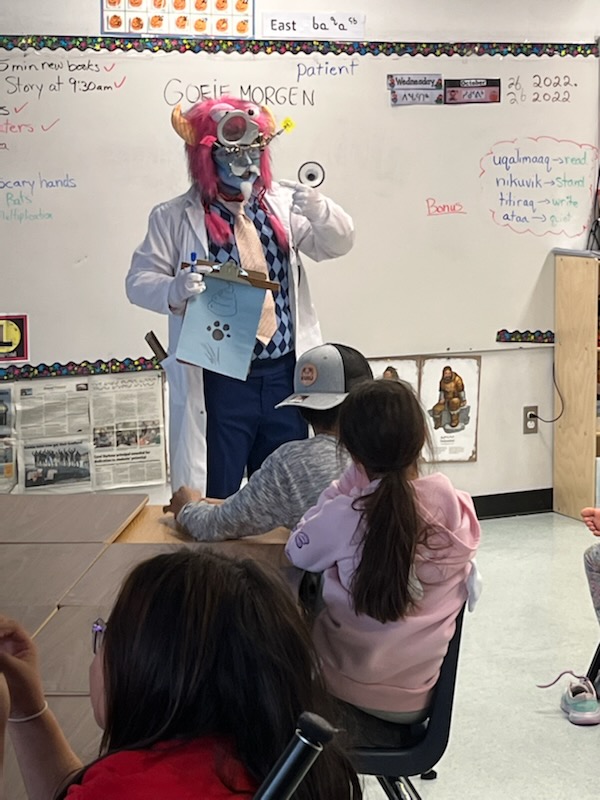
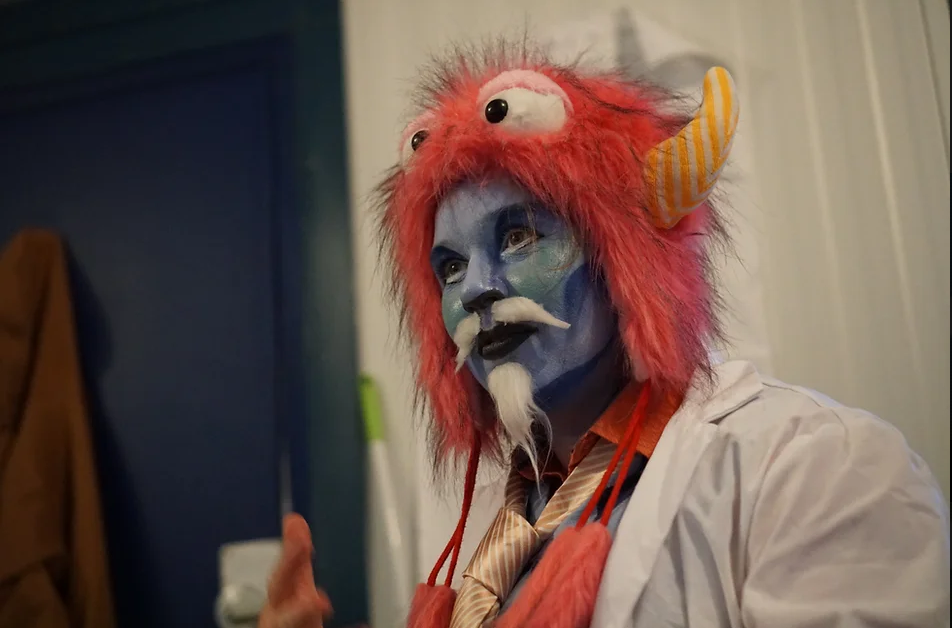
"Mx. Science" invites especially non-indigenous researchers to rethink and reflect on their role and position in our scientific landscape. As a figure that potentially unsettles several norms within the Arctic sciences, Mx. Science holds potential to invoke conversations, and create a liminal space to build new relationships. As a situated performance it is both an exercise in new ways of engaging each other through genuine curiosity, as well as an effective tool to que(e)ry where and when differentiated bodies dis/connect in space.
Keep going, to keep following the cut of the Mx. Science.
Cut 3 "Wayfaring the BW Project"
Queer performance or shapeshifting
Mx. Science draws from my own queer lived experience to question the im/possibilities of working with Inuit people as a non-Inuit researcher. I draw from western drag practices to perform an opening for such conversations.
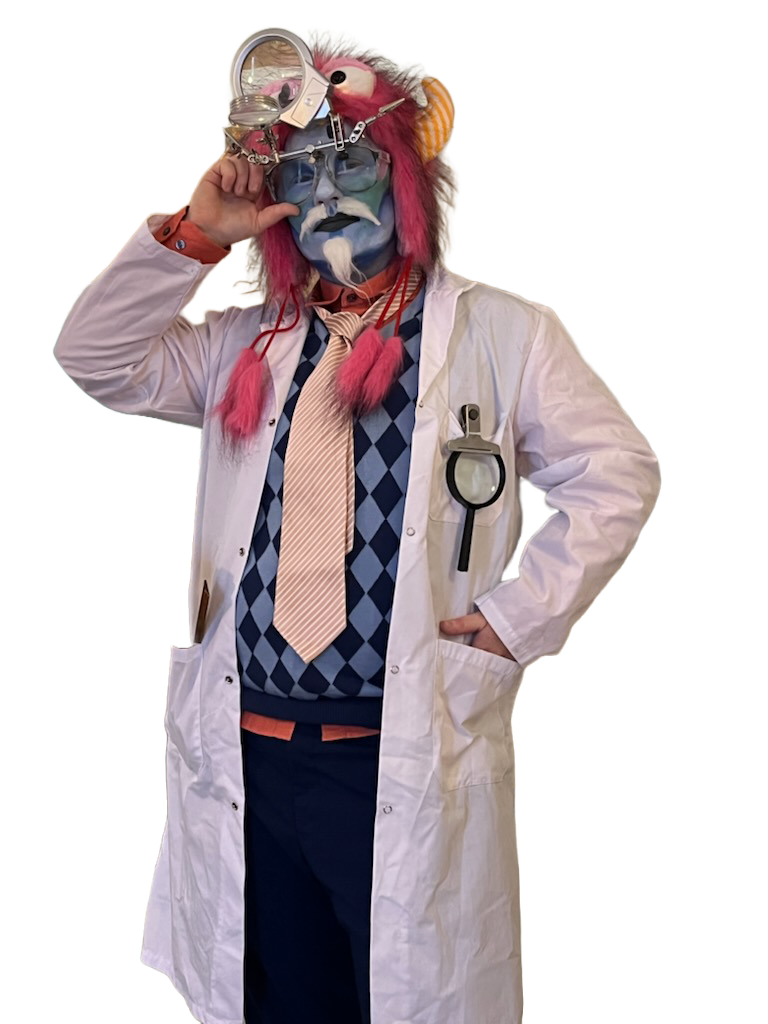
As an ‘AFAB’ (Assigned Female At Birth) performer that explores non-binary, and female masculinities as well as the trans-human body, I am part of a recent global revival of drag’-kings’, ‘-quings’ and ‘-things’. This generation of (club-)performers shapes an avant-garde community that addresses contemporary political issues, while undoing traditional, western categorical understandings of gender, sex and family by queer kinship structures. Such undoing of boundaries, and queering of categories like the ‘natural’ and the ‘human’ has direct connections with the social ecologies of environmental research and management. The Arctic ‘wildernesses’, for example, can be seen as sites for the enactment of a specific hetero masculinity associated with physical strength, roughness, ingenuity, and self-realization (Sandilands & Ericson, 2010). Such sites of enactment (can) extend into the scientific laboratory, reproducing hegemonic masculinities and perpetuating racial and gender inequalities and unequal power relations (MacGregor & Seymour, 2017). Drag has the potential to for example de-naturalize and unsettle such masculinities by embodying its technologies as separable from sex. Such masculinity, as performed through drag then becomes liminal, a place beyond categories – a space of play; ‘the betwixt and between’ through which shape-shifting figures turn things on their heads and pass on their way from one state of being to another (Rosenfeld, 2003). Taking these techniques and applying them not so much on gender, but on western science, its conventions and categories, opens our understanding in similar ways. Drag can thus, shift fixed positions, and transform everyday expectations and habits, that allows us to not only explore what it entails to transform research – but also the researcher.
Annual Scientific Meeting Mx. Science
To better understand the possibilities Mx. Science enables for western scientists to imagine ethical encounter outside of its conventional institutional structures, I had asked and gained permission from the organizers the Annual Scientific Meeting (ASM), also known as the ArticNet Conference in Toronto, in December 2022 - to attend as Mx. Science directly after the final workshops in Nunavut.
I had informed the organizers that I would only be present, and did not require a stage or a timeslot as Mx. Science. The panel that I would have been presenting in had been cancelled last-minute, and the screening of "Voices of Thunder", had happened during the first student days, which I didn't attended as Mx. Science. During the main part of the conference, I attended as Mx. Science, and observed both how I moved through the conference space, as well as how people responded to me. I recorded my conversations with people, and followed up with 15 of them to conduct a follow-up interview.
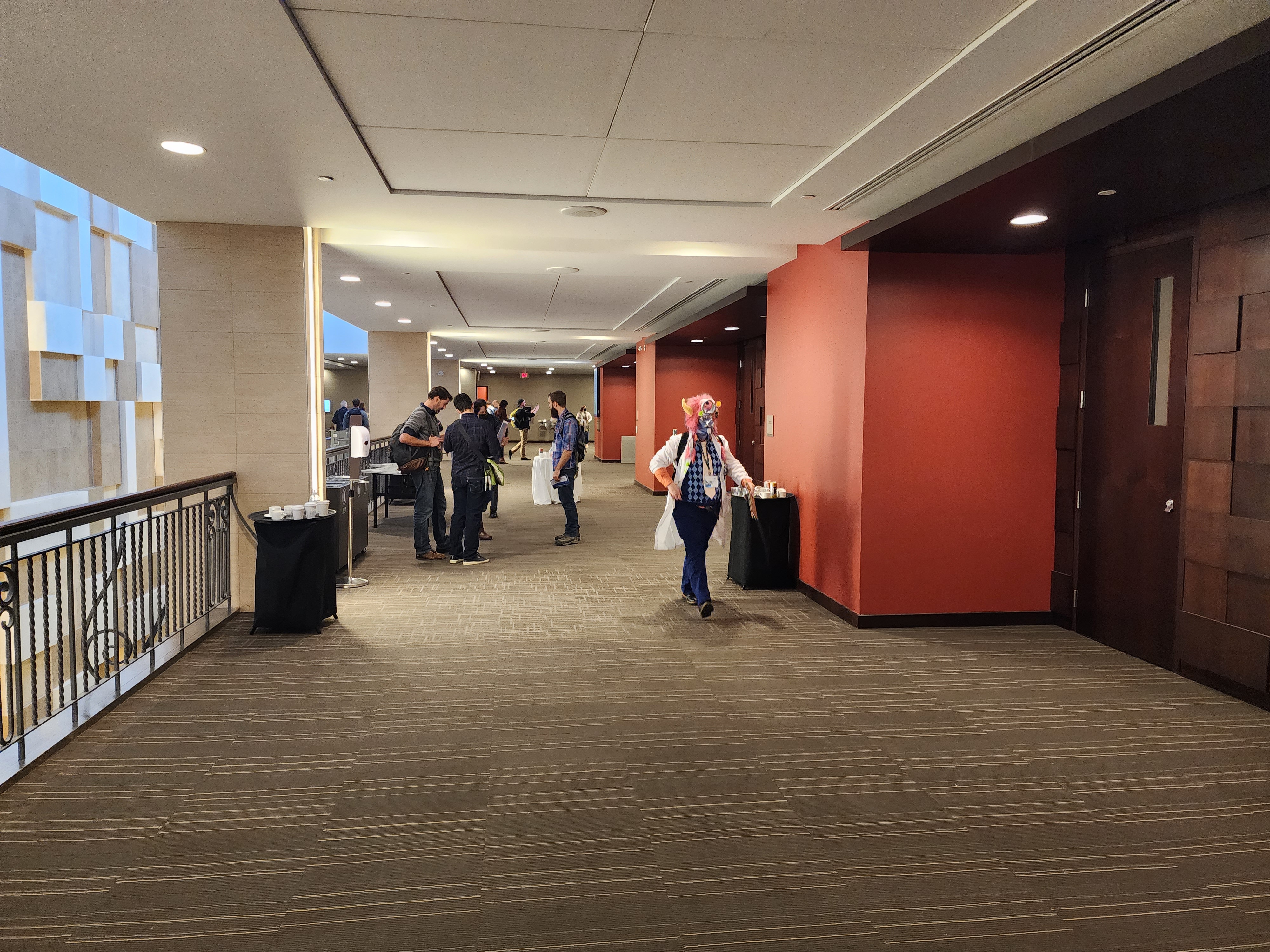
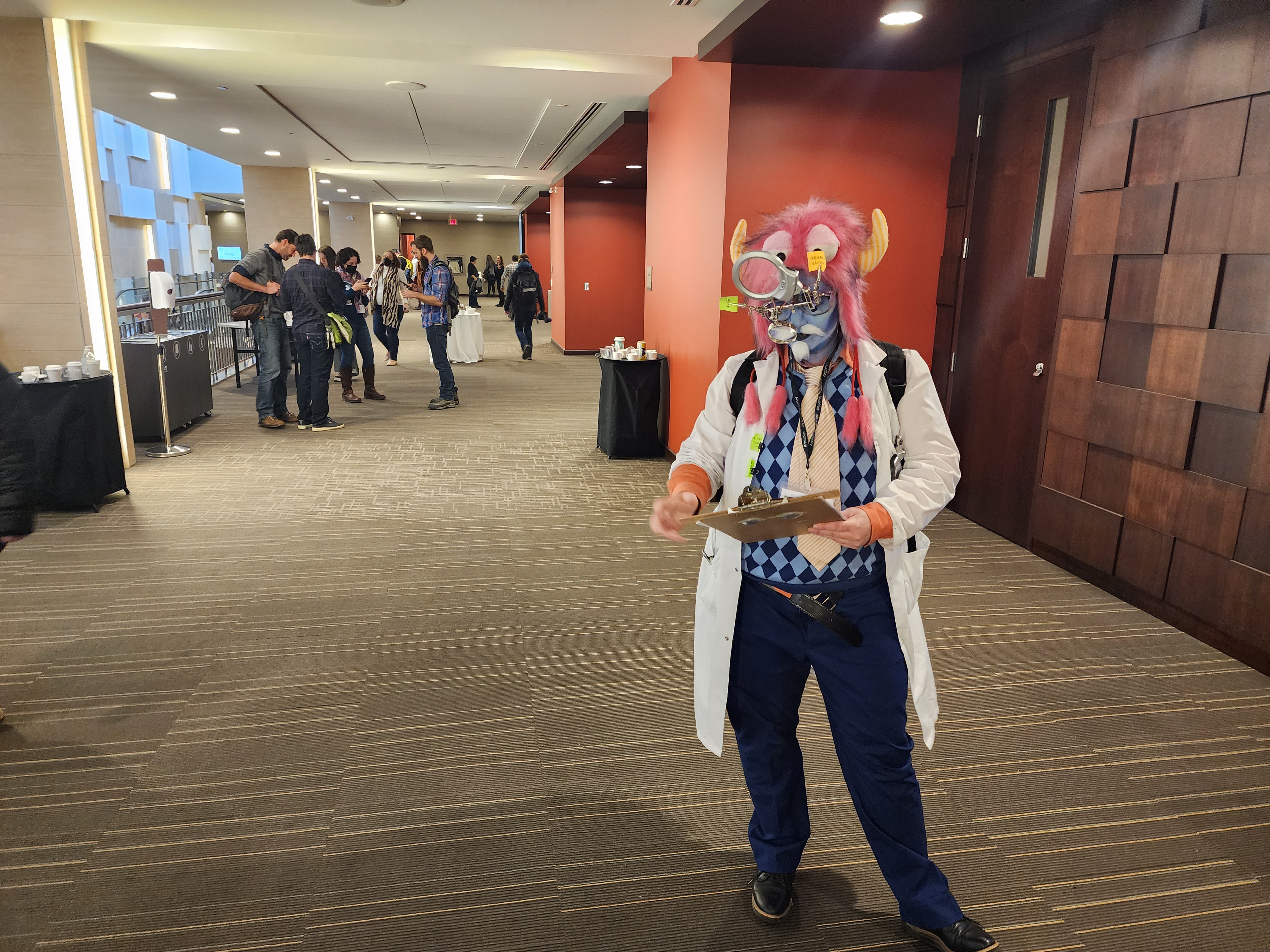
Landmark: "The Great white Beast"
The Liminal
Another point of beginning:ASM, Utrecht, RIFS
Detour:Cut 2 Aesthetic (in)action in BearWatch
